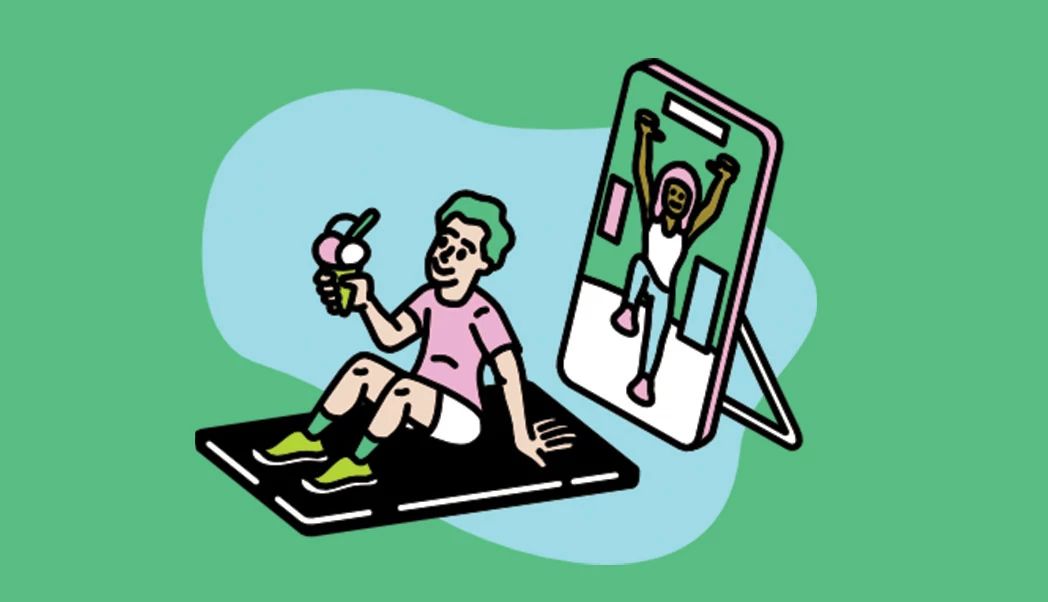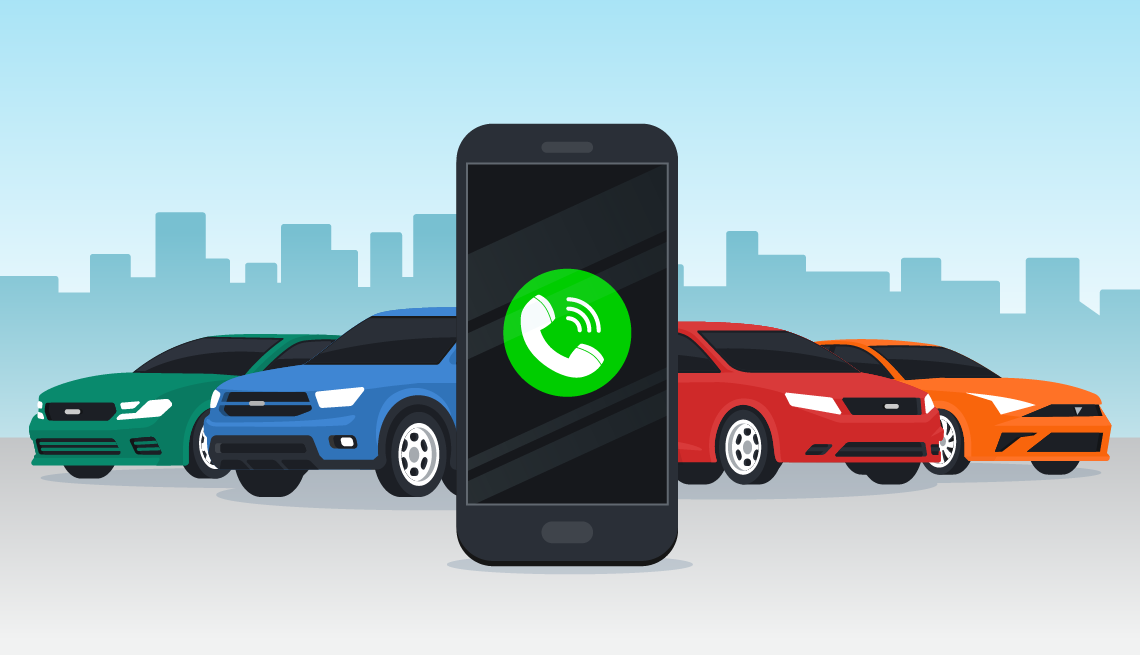AARP Hearing Center


When I bought a crossover SUV a little more than five years ago, I wanted cameras in front to help detect obstacles in the road as well as the now-standard backup cameras.
I was fresh off an accident, and I wasn’t thinking about cruise control. My previous lower and more compact hatchback had run over a sign on a foggy morning — a sign that some bigger vehicle had knocked off its perch in a median and onto the roadway. I didn’t see it until too late.
The twisted metal had enough height to impale my oil pan, and I couldn’t drive forward or backward. A groggy driver soon ran into the good Samaritan who had stopped behind me and added a second injury to the rear of my little car that ultimately totaled it. (Neither I nor the nice man was hurt, but I still wince at what happened to his car. I’ve lost his contact information and never thanked him properly.)
A car’s cameras can have a second use
But those same cameras and sometimes radar and lidar that can warn about debris and stopped vehicles before a driver sees them — known as forward collision warning systems — also make a different kind of cruise control possible than what existed when I was 16. Although automakers use various names, the feature that has trickled down to moderately priced cars in the past five years is generically called adaptive cruise control.
“It can be really helpful for older Americans,” says Abigail Bassett, a journalist who has covered technology and the automotive industry for more than 10 years. “It takes some of the stress of driving in traffic away.”
I’ve long been a lover of stick shifts and hadn’t used a standard cruise control for years. In my return to an automatic transmission car, I didn’t realize I had the new feature until about a year ago. More than 60 percent of the 2023 cars, light trucks, SUVs and vans had adaptive cruise control installed, almost triple from 2017, according to Wards Intelligence, an auto technology research company headquartered in Southfield, Michigan.
At Consumer Reports, Kelly Funkhouser, associate director of vehicle technology, says that 89 percent of the models out last year had adaptive cruise control available. Only the base trim models didn’t offer it.
“If [buyers] end up getting adaptive cruise control, 90 percent of the people report they are using it and they report high satisfaction,” she says. Chances are good that your future new car will have it.
The way you turn the control on varies by vehicle.














































































More From AARP
Tips to Find the Best Car for You
From making sure the screen text is large enough to having power seats, here’s what older drivers should look for
Consumer Reports Top 10 Vehicles for 2024
Three models make the list for two years runningDon’t skip out on traditional safe driving practices
High-tech devices in your vehicle can make driving easier, but they can also be dangerous. Here are four reasons why you shouldn’t rely on it.
Recommended for You